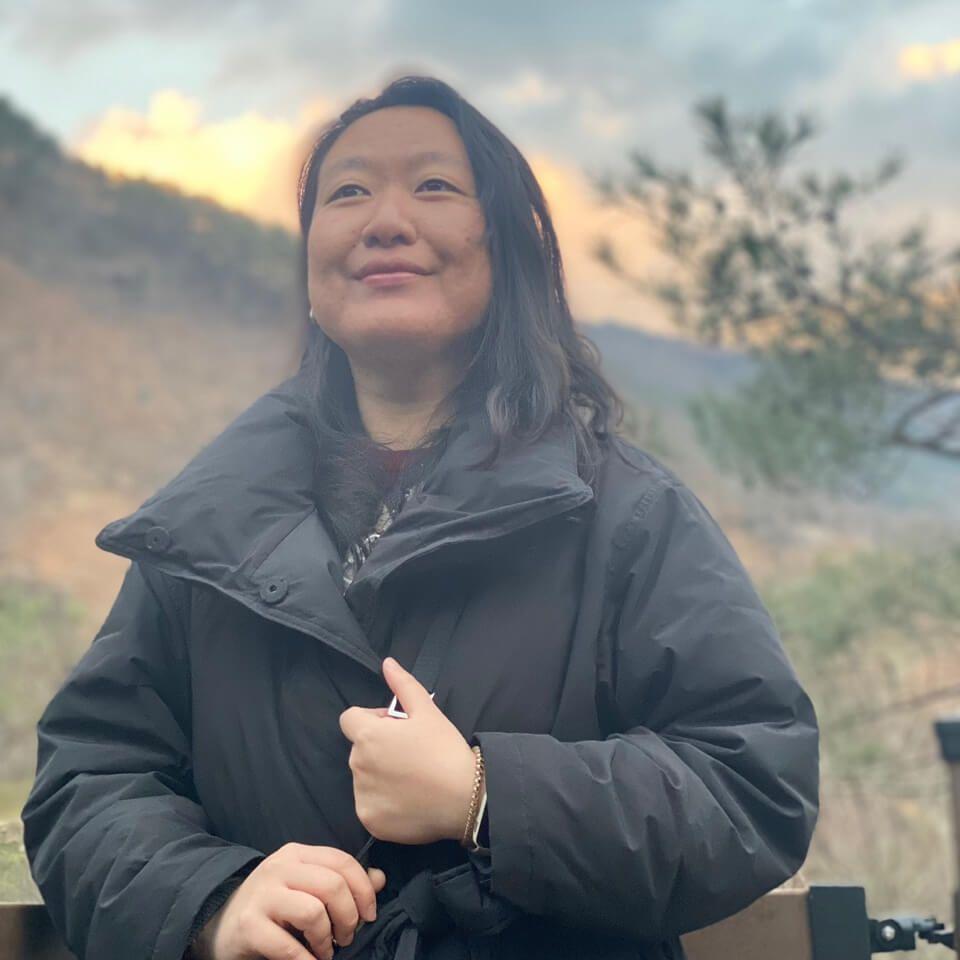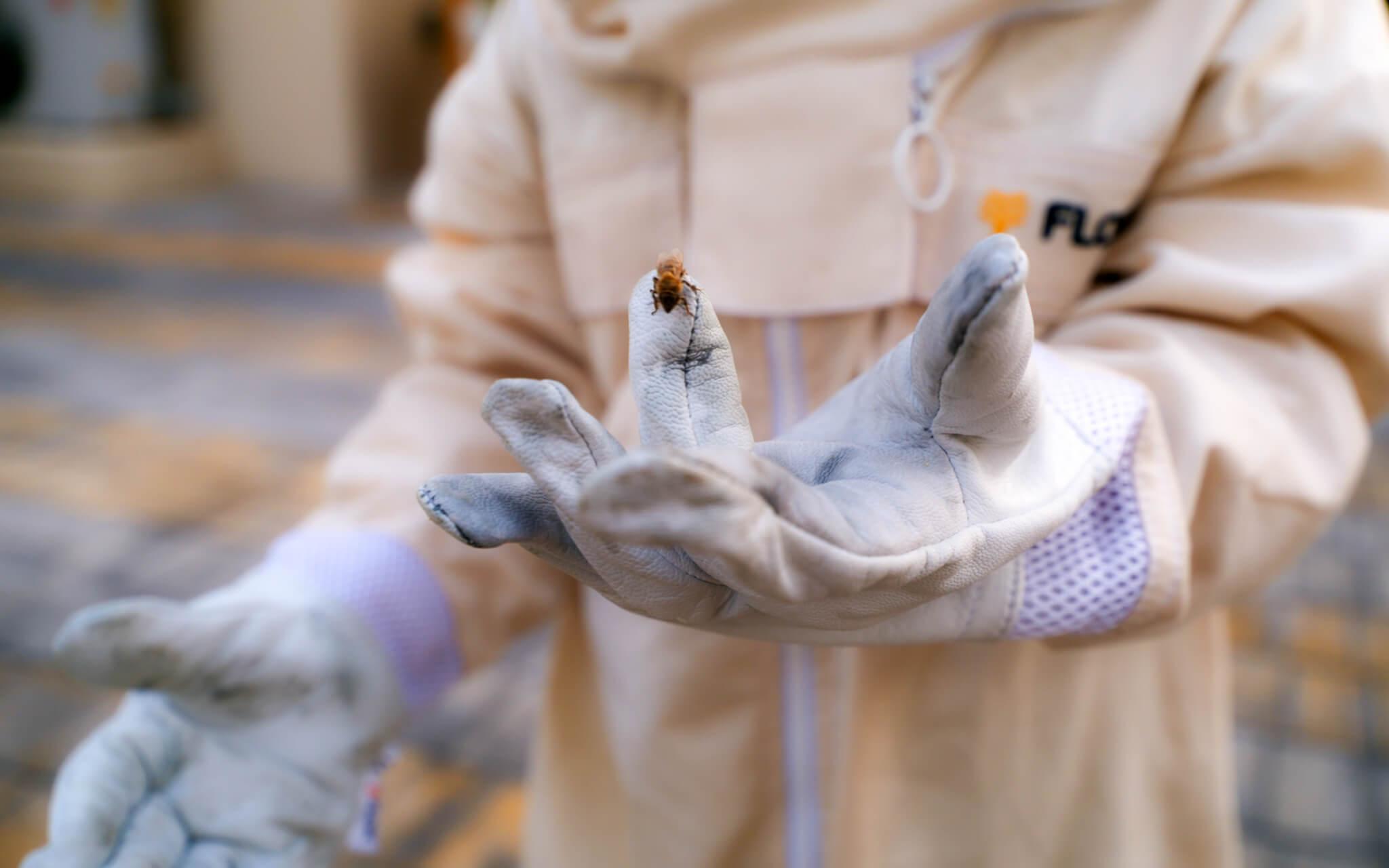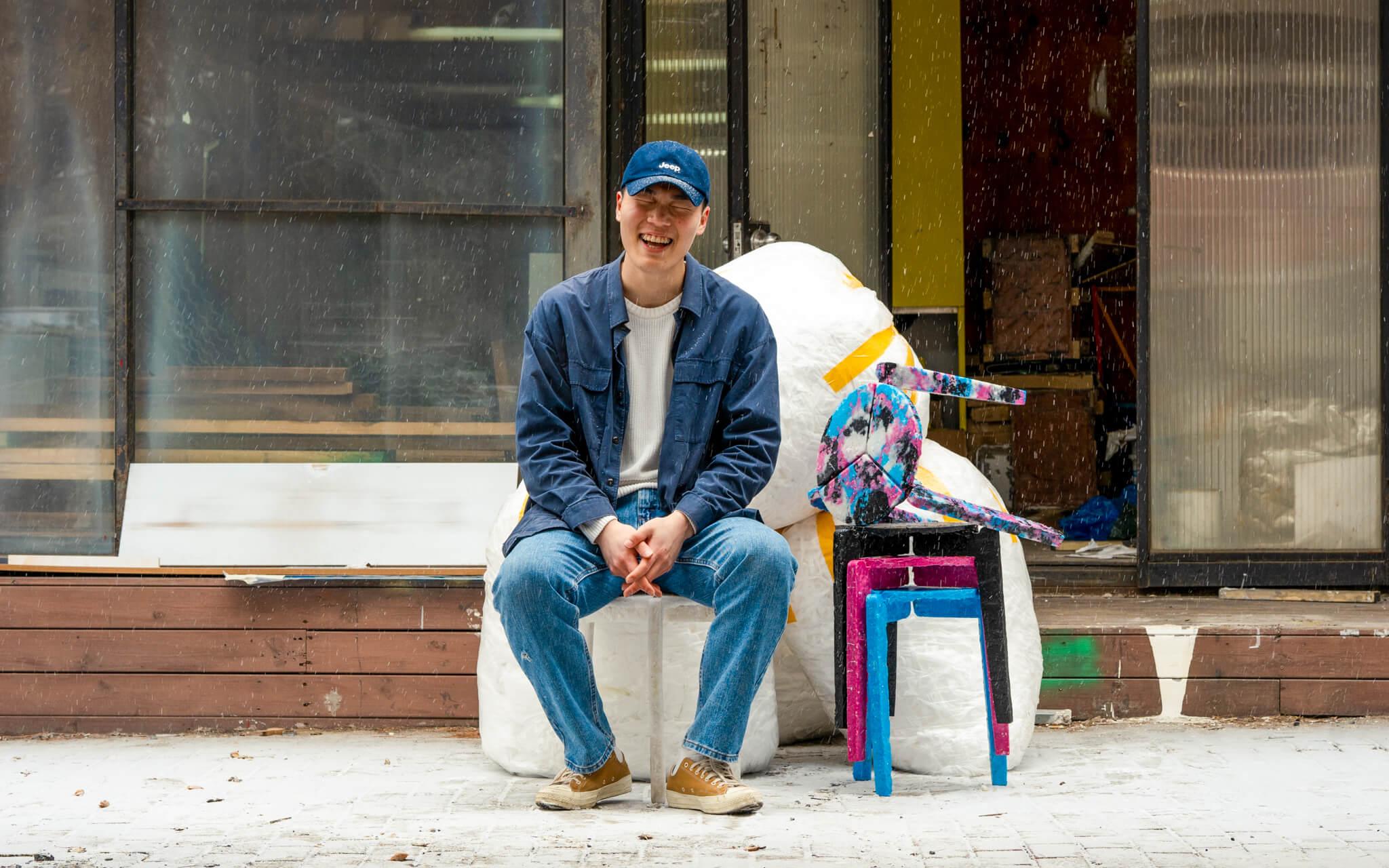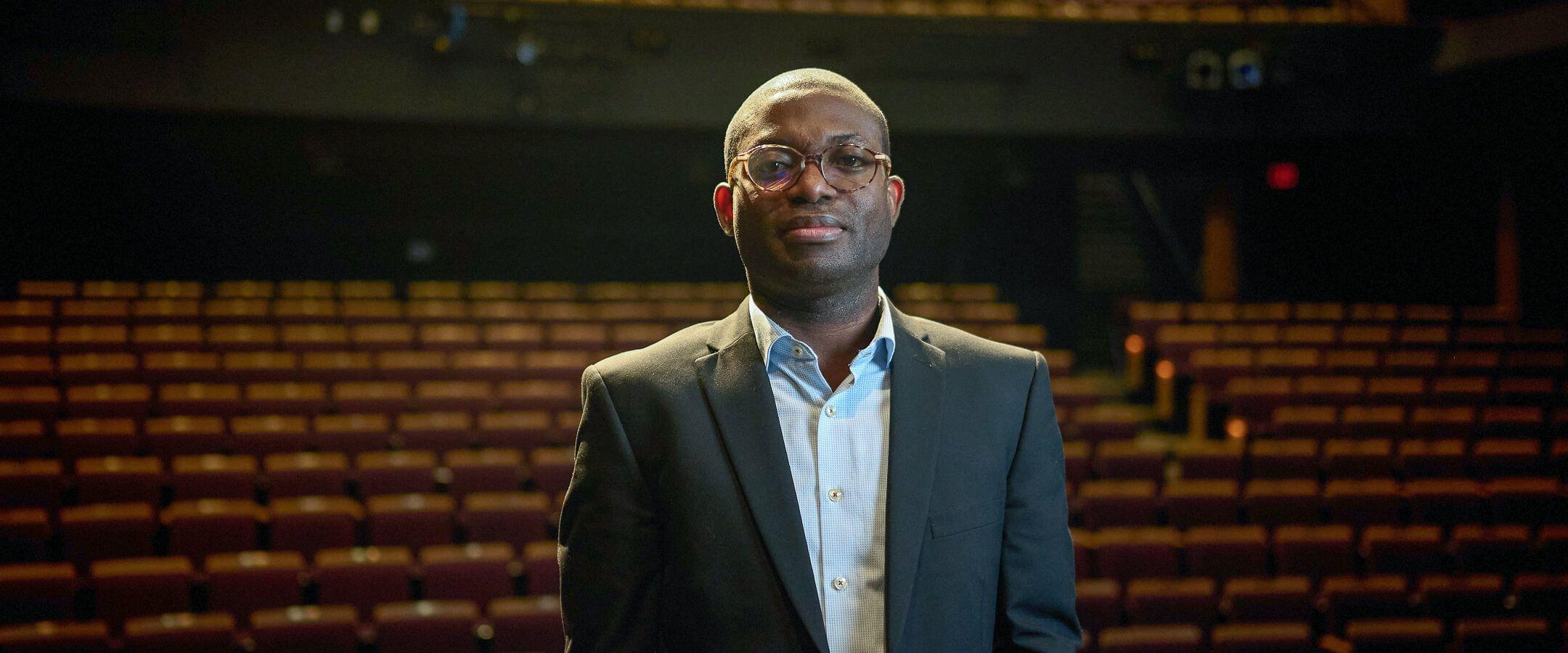To Show All That’s Living in the Sea
Katherine “Katie” Dafforn is an environmental scientist, an associate professor at Macquarie University, and a co-founder of Living Seawalls. Through Living Seawalls, Katie hopes to make visible and lasting improvements in marine biodiversity to compensate for the destruction human activities have caused the ocean.
Attuned to the changing tides of marine ecology, Katie Dafforn could see it in the data: rising temperatures, sea levels, ocean acidification, and increasing storms. Deep down, she always knew that the ocean wasn’t the same as the one she grew up with.
In Katie’s warm cadence, there is an undercurrent of quiet urgency as she recalls Australia’s Black Summer: the unprecedented bushfires that swept across the continent from 2019 to 2020 as her wake-up call to action. “Doing fieldwork, we would see ashes wash up on the beach. We had to wear masks in the intertidal zone, which was unheard of at the time.” As a scientist, she felt compelled to apply her training and knowledge to the crisis humanity is facing.
Living Seawalls was conceived when Katie conducted an ecological survey for a large-scale development company in Central Sydney. The company wanted to understand the environmental impacts their urban renewal project might have. Concerned by the devastation that the construction could bring to its marine surroundings, Katie suggested, “Can we plant an underwater forest consisting of seaweeds the same way you’re planting a forest in the park?” Inspired by her idea, the company implemented the initiative.
This opportunity became the spark, shedding light on a meaningful way that Katie could contribute to the restoration of marine diversity.
Katie was joined by fantastic female collaborators Melanie Bishop and Mariana Mayer Pinto, who had already been working in marine biology around the urban harbour. The three came up with the intricate, complex design that would become the prototype for Living Seawalls. The design took its final shape during the exciting collaboration with Alex Goad from Reef Design Lab, bringing Aria Lee on board as an expert marine scientist and a project manager.
“Initially, the challenge was the government organisations didn’t know how to interact with us or permit us,” Katie explains. “In Australia, different organisations own different parts of the structures and seawalls, so identifying who owns what was a major challenge.” Additionally, if the team wanted to install the Living Seawalls permanently, they had to follow the same regulations as the big-scale development companies constructing skyscrapers, not an easy feat for a small new start-up.
“North Sydney Council helped us with the early permits and understood the engineering issues around the walls,” Katie says, reminiscing about the early champions for Living Seawalls.
Nowadays, every time the council needs maintenance on a seawall, they always ask if they can upgrade with the Living Seawalls. “They have become massive adopters of our initiative.” A transformation that has demonstrated just how much the public consciousness is shifting to eco-friendly solutions.
These Living Seawalls are designed with just the right complexity to discourage pest species and encourage certain native species, such as brown kelp and Sydney rock oysters, which provide rich habitats for other organisms. Sydney rock oysters, also known as the “kidneys of the harbour,” filter out the toxicants from the water. Without organisms such as Sydney rock oysters and brown kelps, the contaminants in the water from waterfront property development or the aforementioned bushfires continue to threaten marine habitats.
“One of the most beautiful things about Living Seawalls is that they’re pretty simple,” Katie explains excitedly. “As soon as they’re installed, fish start using them, and snails start taking up residence. In a couple of weeks, they’re completely grown over with seaweed and life, which I think is a great thing to show people. “
And Living Seawalls’ simplicity appeals to a broad range of community members. “People are keen to take simple and practical environmental actions,” Katie points out, sharing one of her most memorable moments from the community. “An 11-year-old boy named Hector had our seawalls put up as his school project. He wrote a supporting letter for us to win the Earthshot Prize in 2021,” she rejoices. “To see someone that young so engaged and involved in marine conservation was beautiful.”
I would love my tiny impact on this earth to be protecting and restoring marine environments.
For Katie, engaging the youth is critical to preserving the ocean’s health. “I would love my tiny impact on this earth to be protecting and restoring marine environments,” she says.
Although Australia is home today, Katie grew up in the UK, close to the sea, and one of her favourite childhood activities was rock-pooling. “I know how special that was for me checking out those living things in rock pools growing up.” Today, Katie is devastated that these unique marine habitats are disappearing, and her 3-year-old daughter might not get to experience them as she did as a child.
“Fundamentally, the ocean is what will save us from climate change. It’s incredibly important to the future of humanity,” Katie urges.
“It’s not something we can take for granted.”
Most Popular
The Climate Tribe delivers stories about Biodiversity and Conservation, Circular Economy, Food and Water , and how they intersect with climate.
Subscribe
Get the latest stories inspiring climate action around the globe straight to your inbox.






